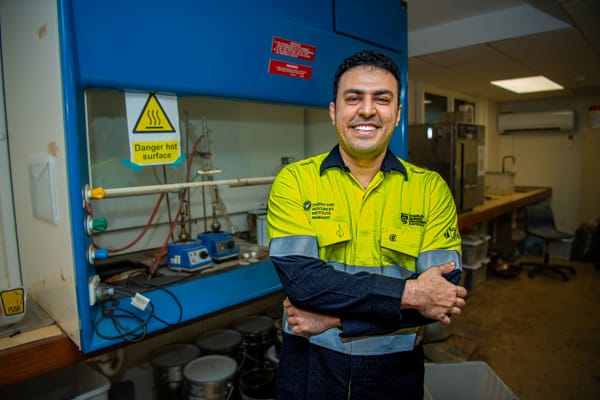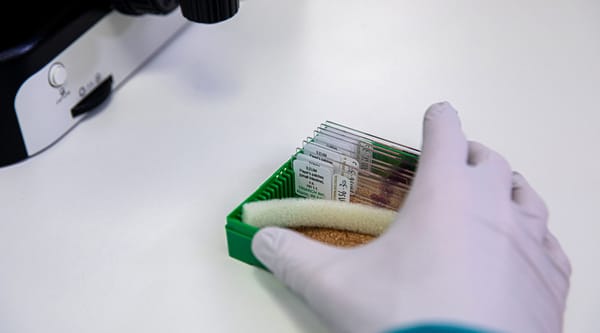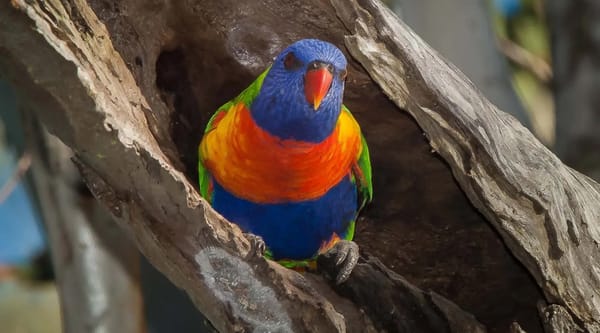Surfing whales: citizen scientists help reveal behaviour of elusive tropical species
The first dedicated study of the distribution, ecology and behaviour of elusive Bryde’s whales in NSW and Queensland waters could help reshape conservation efforts.
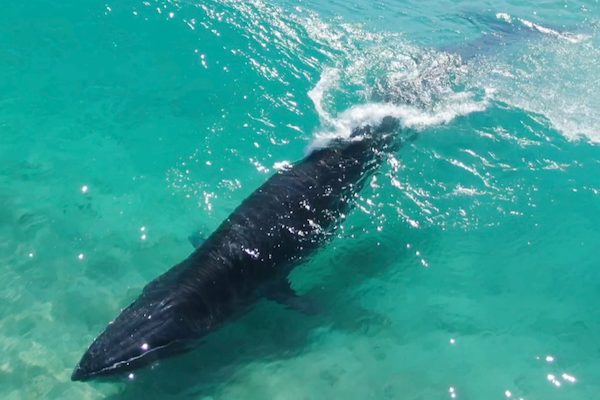
First published by Macquarie University
A study led by Macquarie University researchers is the first to document the possible year-round presence and unique feeding behaviours of Bryde’s whales along Australia’s east coast, including several instances of the whales 'surfing' in shallow waters to feed.
The research, published this month in the New Zealand Journal of Marine and Freshwater Research, provides vital insights which can help inform policies to better protect these marine mammals in Australian waters.
“This is the first academic study documenting the occurrence and behaviours of Bryde’s whales in NSW waters as well as Queensland,” says lead author Dr Vanessa Pirotta, from Macquarie University’s Marine Predator Research Group.
“Our findings suggest these whales could be in Australian waters year-round, which has significant implications for their conservation and management,” Dr Pirotta says.
Bryde’s whales (pronounced ‘broodus’) are sometimes referred to as the tropical baleen whale or the toothless whale. They have been documented in South African and South American waters and are found in tropical and warm, temperate waters around the world – but until now have been poorly studied in Australian waters.
“Whales don't recognise international boundaries. Our next step is to explore possible cross-Tasman movements and continue to collaborate with international researchers to better understand these fascinating creatures,” Dr Pirotta says.
Citizen scientists contribute
“A really critical part of our research was the input from citizen scientists and social media users who shared drone footage and photos revealing new insights into the behaviour of Bryde’s whales on Australia’s east coast,” Dr Pirotta says.
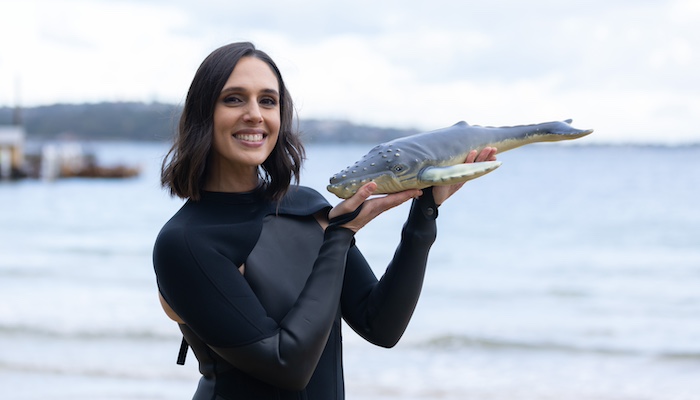
Dr Pirotta led a team of scientists from the University of Wollongong, Southern Cross University and New Zealand’s Massey University, who analysed drone footage and photographs collected by citizen scientists, whale-watching operators and recreational drone pilots.
One of the study's most exciting findings was the documentation of a new feeding behaviour dubbed ‘shallow water surf feeding’.
Through the power of social media and the dedication of citizen scientists, we’ve been able to use a vast, untapped source of data, drone footage and images to document behaviour.
Drone footage captured Bryde’s whales appearing to ride the surf in waters less than 10 metres deep, using wave momentum to help them feed on schools of fish.
“We observed whales moving with the surf as they fed, sometimes holding their mouths open for extended periods while they were skimming the surface,” says Dr Pirotta.
“This ‘surfing’ behaviour hasn’t been documented before in Bryde’s whales and it shows just how adaptable they are in gathering coastal food sources.”
Coastal safari
The study recorded 27 foraging observations across seven locations in NSW and Queensland, with behaviours observed in both deep and shallow waters.
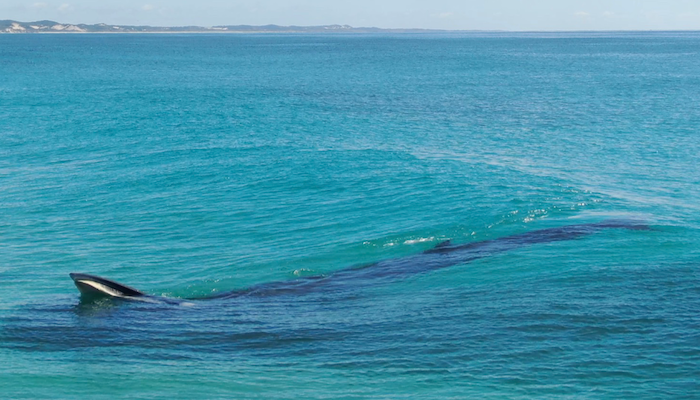
The most northerly sighting was at K'gari (Fraser Island) in Queensland; the southernmost at Tura Beach on the NSW south coast.
Bryde’s whales were documented among ‘bait balls’ of fish and, possibly, co-operatively feeding with dolphins and sharks.
While a handful of historical whaling records, rescue-stranding events and field observations have been published, there is very little known about the occurrence of Bryde’s whales in Australian waters. The whales are listed as migratory, however the new research suggests they may be based in Australian waters year-round.
Dr Pirotta says the research also shows that citizen scientists and social media sharing can make important contributions to marine mammal research.
“There are not many whale scientists and we can’t possibly cover the amazing breadth of marine life in our blue backyard on our own. Through the power of social media and the dedication of citizen scientists, we’ve been able to use a vast, untapped source of data, of drone footage and images, to document behaviours and occurrences that might otherwise have gone unnoticed,” Dr Pirotta says.
“This collaborative approach has been instrumental in telling the story of a whale species that could potentially be in our waters year-round.”
Mothers and babies
The study also documents the presence of mother-calf pairs, which Dr Pirotta suggests shows Australian waters may play a role in the reproductive cycle of Bryde’s whales.
“Seeing mothers with calves shows us that some parts of the Australian east coast might be an important nursing area for Bryde’s whales and might even play a role in calving,” Dr Pirotta notes.
Simon Millar, a whale-watching operator from Merimbula-based Sapphire Coastal Adventures, who contributed data to the study, says the research has exciting implications for eco-tourism.
The findings come at a crucial time as Australia expands its focus on offshore activities, including offshore windfarms, seismic exploration and commercial fishing.
“As we increase our interactions with the marine environment, it’s vital to understand the species that call it home,” Dr Pirotta says. “This research provides crucial baseline data that can inform government policies and help designate biologically important areas for the protection of Bryde’s whales in Australia.”
Dr Vanessa Pirotta is an Honorary Postdoctoral Associate in the School of Natural Sciences, and a member of Macquarie University’s Marine Predator Research Group.

